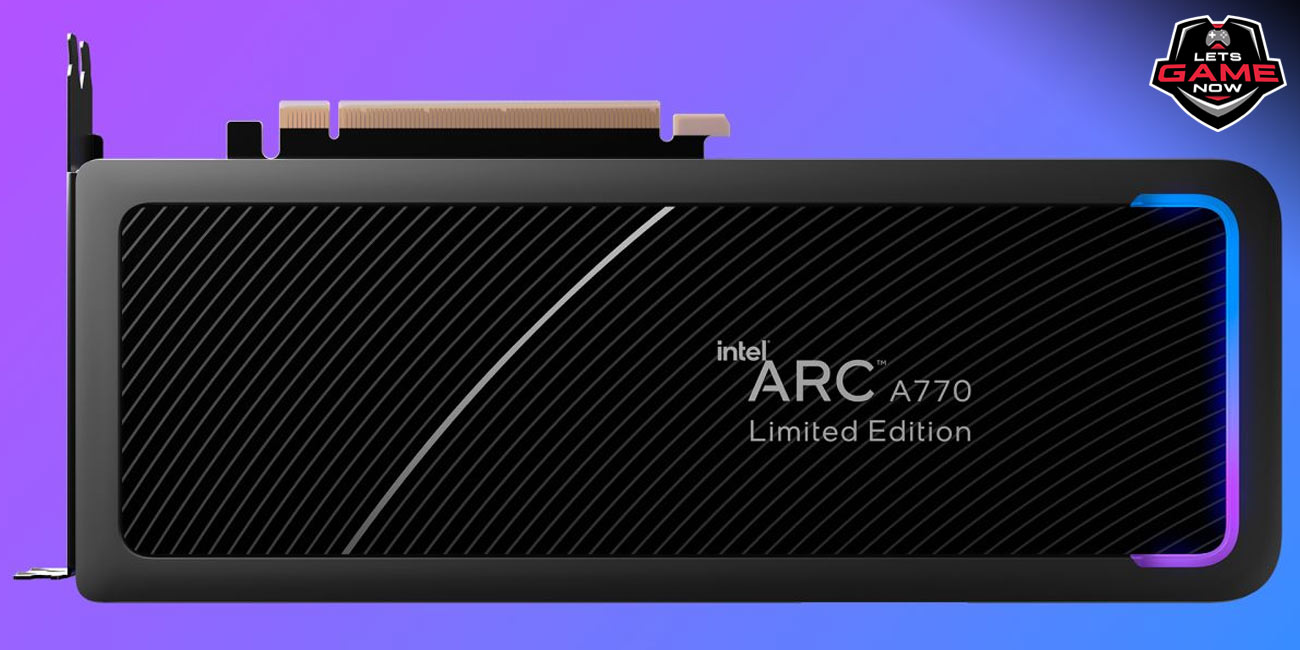


Sreyasha
Sep, 02.2022
As per the promise, Intel has released a new video that focuses on the ray tracing technology behind its Arc Alchemist graphics cards. The Arc A770 has to prove itself and the graphics card has a target to secure a place in the list of best graphics cards.
It has already been seen how Arc A380 competes in the ray tracing performance. Arc A380 is the entry-level SKU with only eight ray tracing units (RTUs) and on the other hand, Arc A770 consists of the flagship crown and has 32 RTUs. The Arc A770 is more interesting since Intel's backing up its previous claims that Arc is competitive or better than Nvidia's second-generation RT cores inside Ampere.
That is the claim but Intel went forward in providing some low-level details of its ray tracing hardware. Arc has full ray tracing acceleration. AMD makes use of texture units to do ray/box BVH intersections at a rate of 4 box/cycle. In fact, Intel does the BVH traversal in hardware and it can perform 12 ray/box intersections per cycle. Whereas, beyond that both AMD and Intel can do 1 ray/triangle intersection per cycle, per core. Nvidia can do twice the ray/triangle intersection per RT core with Ampere.
Intel talks about its BVH cache that speeds up BVH traversal. The RTUs have a Thread Sorting Unit that takes out the results of ray tracing work and then joins them as per complexity to help maximize utilization of the GPU shader cores.
The Arc A770 provided better ray tracing performance than GeForce RTX 3060 at 1080p (1920x1080) on ultra-settings. Alchemist outperformed Ampere between 1.04X to 1.56X. The Arc A770 only lost to the GeForce RTX 3060 in four titles, such as F1 2022, Guardians of the Galaxy, Battlefield V, and Deathloop. Intel's graphics card is joined with the GeForce RTX 3060 in The DioField Chronicle.
Ray tracing taxes the graphics card irrespective of the resolution. Thus, performance drops as you increase the resolution. This is exactly when Intel's XeSS AI upscaling technology comes forward to save Arc. Intel has used the highest settings for its XeSS 1440p tests along with ray tracing configured to the maximum.
The results say that Arc A770 went through a lot of hardships to deliver frame rates above 40 FPS in titles like Ghostwire Tokyo and Hitman 3. Whereas, with XeSS enabled on a balanced preset, Arc A770 showed 1.77X higher performance in Ghostwire Tokyo and 1.61X in Hitman 3. Thus, it can be said that the XeSS performance setting can help to boost performance further.
Having XeSS on the performance pre-set, the Arc A770 offered more than 2X better frame rates in Ghostwire Tokyo and Hitman 3. The graphics card revealed visible performance uplifts up to 1.68X in the other titles such as Shadow of the Tomb Raider, Arcadegeddon, or The DioField Chronicle.
Without any further delay, the Arc A770 should arrive on the retail market before the year ends. As per the new clues, the Arc A770 can cost around $400. That is totally fine if we consider the official MSRP for the RTX 3060 to be $330. It is not the exact price but having Ada Lovelace on the horizon we could see GPU prices continue to fall gradually.